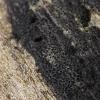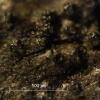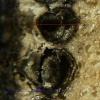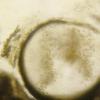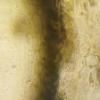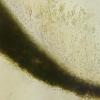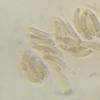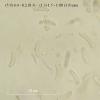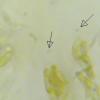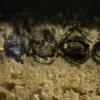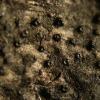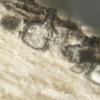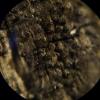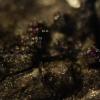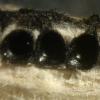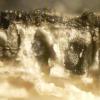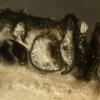
12-11-2025 09:25
 Viktorie Halasu
Viktorie Halasu
Hello, I need help with a pale terrestric Pseudom

11-11-2025 20:16
Bohan JiaHi, lastly I have found these tiny yellow decayin

09-11-2025 13:20
Hello.A tiny ascomycete, appearing as erupting gra

08-11-2025 00:29
 Francois Guay
Francois Guay
I found this species in Quebec, Canada, on herbace
Eutypa sparsa?
Mirek Gryc,
14-10-2021 12:50
This is my first genre from this kind so I am asking for understanding. I tried to show all relevant features in the pictures.
Ascomata grew on Fraxinus sp.
Reaction to negative iodine.
Features match the Eutypa sparsa but I have not found information to grow on Fraxinus. From what I read to his basic substrate is: Populus and Salix.
Any aid is welcome.
regards
Mirek
Eduard Osieck,
14-10-2021 15:31
Re : Eutypa sparsa?
Hi Mirek
On Fraxinus the occurrence of E. leptoplaca is more likely although this species shows an amyloid apical ring (but difficult to see, cf. http://www.ascofrance.com/search_forum/27030).
For proper identification some more features are needed: cross section through the stroma (cf. 8th photo in an earlier topic: http://www.ascofrance.com/search_forum/37352), diameter of perithecia, and diameter of papillae (aka ostioles in the key of Rappaz 1987).
Eduard
Mirek Gryc,
14-10-2021 20:46
Re : Eutypa sparsa?
Hi Eduard
This is not an easy to microscopy. The more greater I had a problem with taking photos with my imperfect equipment.
However, you have to believe that after processing samples in KOH saw a beautiful blue reaction.
I showed a few measurements in the pictures.
Diameter of papillae <100µm
Diameter of perithecia <300 µm
I think these features confirm your type but because of the lack of experience I would prefer to hear the opinion of more experienced people.
I place a few more images.
Thank you for tips and help.
regards
Mirek
This is not an easy to microscopy. The more greater I had a problem with taking photos with my imperfect equipment.
However, you have to believe that after processing samples in KOH saw a beautiful blue reaction.
I showed a few measurements in the pictures.
Diameter of papillae <100µm
Diameter of perithecia <300 µm
I think these features confirm your type but because of the lack of experience I would prefer to hear the opinion of more experienced people.
I place a few more images.
Thank you for tips and help.
regards
Mirek

